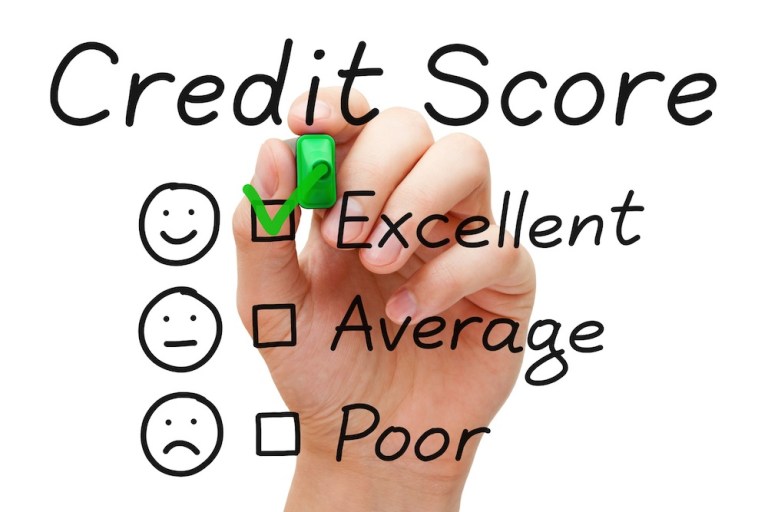In lending, as in everything, there is risk, and there is reward.
Technology has its lures for firms seeking to gain an edge in determining risk and reward. AI and machine learning, in general, are supposed to help uncover untapped opportunities.
To that end, FinTechs are looking to tap into the sub-prime credit market, with tech as aid.
As has been widely reported by publications including The Wall Street Journal, FinTechs are seeking to gain footholds in subprime credit – in this case, extending loans to individuals who have low credit scores.
The efforts are nascent and gaining traction. In one example, the Journal reported that, per the estimates of market research firm Competiscan, LendUp Global and Fair Square Financial have joined the fray, seeking to extend loans to those would-be borrowers, and together have sent out 35 million credit card offers through the six months of this year, done through the mail. It’s a sizable jump from the same period last year, when the tally was seven million offers. The Journal lists a few other examples of companies rolling out cards and installment loan offers.
Taken as a whole, sub-prime lending has its hallmarks. The loans, as some financial publications have noted, can be moneymakers for the firms that extend them. Consider the fact that the terms usually have higher interest rates than might be seen elsewhere: The cards can carry an annual rate that tops 20 percent, versus the 14 percent charged to higher-credit borrowers on average. The FinTechs, too, have relatively lower operating costs than might be seen with more traditional financial services firms.
Advertisement: Scroll to Continue
And there’s another opportunity afoot for the tech upstarts. Banks, said the Journal, are pulling back from lending to the subprime population, with a nod toward the risks that they may not be paid back. The sub-prime credit balances at some of the biggest banks have been slowing, at least in terms of growth. The growth rate has been 3 percent through the first six months of this year, several notches down from the 13 percent over the same period last year.
Parsing the Opportunity … and Parsing the Risk
And yet, even as the banks ease up on the throttle, so to speak, for FinTechs to rush in full force may be a difficult undertaking. Knowing where to pick and choose, where opportunities and risks lie, is paramount. Perhaps, then, it pays to look at risk and reward beyond the parameters of a three-digit score – and toward actual financial behavior.
Readers of this space may have seen the recent PYMNTS/Unifund Financial Invisibles Report, which takes a deeper dive into the characteristics that cut across, and are specific to, certain consumer profiles – perhaps an aid to FinTechs and other would-be lenders.
The overall picture is one where more than a third of consumers report falling behind on bills (which makes dealing with credit payments all the more onerous).
Beyond the Numbers
Initially, looks can be deceiving, and some other considerations beyond the numbers are in order.
Consider the “on the edge” group that may at first glance be among the riskier profiles, yet research has uncovered that these credit users carry a low amount of debt, and a majority of them (57 percent) save money. They don’t use credit cards, which opens the doors to FinTechs.
As noted by Unifund/PYMNTS’ joint research, the “on the edge” consumers – who represent 8 percent of the population – are 42 years old on average, and earn an average of $64,000 annually. They have access to credit but have chosen not to use it, which may bring them into the thin or no-file credit profiles that may make traditional lenders balk. Thus, fertile ground for FinTechs, perhaps.
And yet: Beware the “second chances” group, which is made up of the consumers rebounding from serious setbacks. They are relatively high earners, too, at $63,000 annually, and the income they generate may look attractive to the would-be lender. Oh, and they own their own homes (60 percent) and 77 percent say they are better off financially than they felt last year.
They comprise 27 percent of the population, a higher headcount for the FinTechs. But then again, they live more paycheck-to-paycheck than do their lower-earning brethren. And the spending patterns and behavior? Sixty-six percent of them have credit cards, indicating an enthusiasm for credit products, which may in turn catch the attention of firms looking to boost inroads into the sub-prime market.
Ah, but: Savings are a no go, and half of respondents say that bills exceed income. As many as 22 percent say they will fall into delinquency within three months. Only 21 percent save money, which by extension could be used to pay back credit cards.
As FinTech eyes the tens of millions of U.S.-based individuals with limited access to – and experience with – credit, new ways of due diligence are in order.

